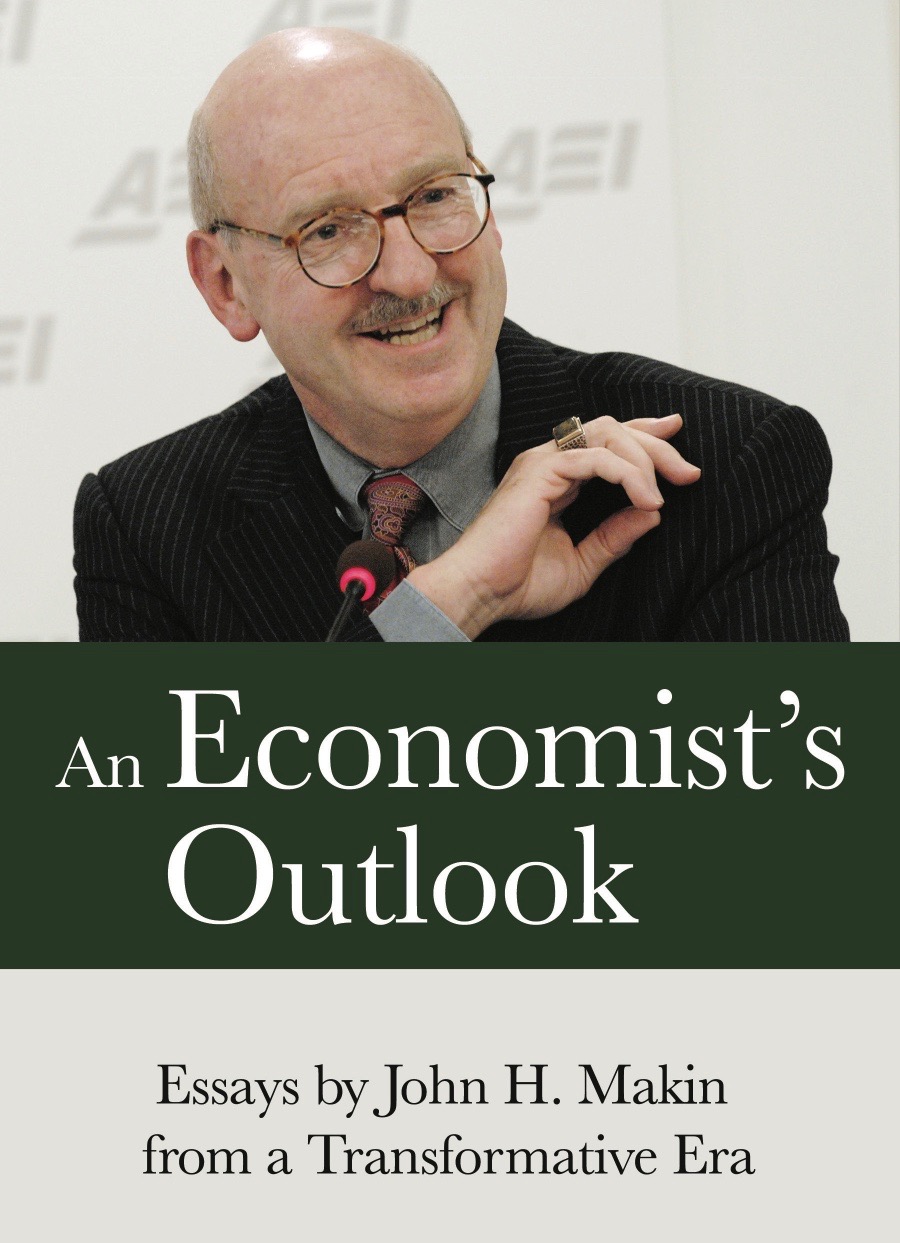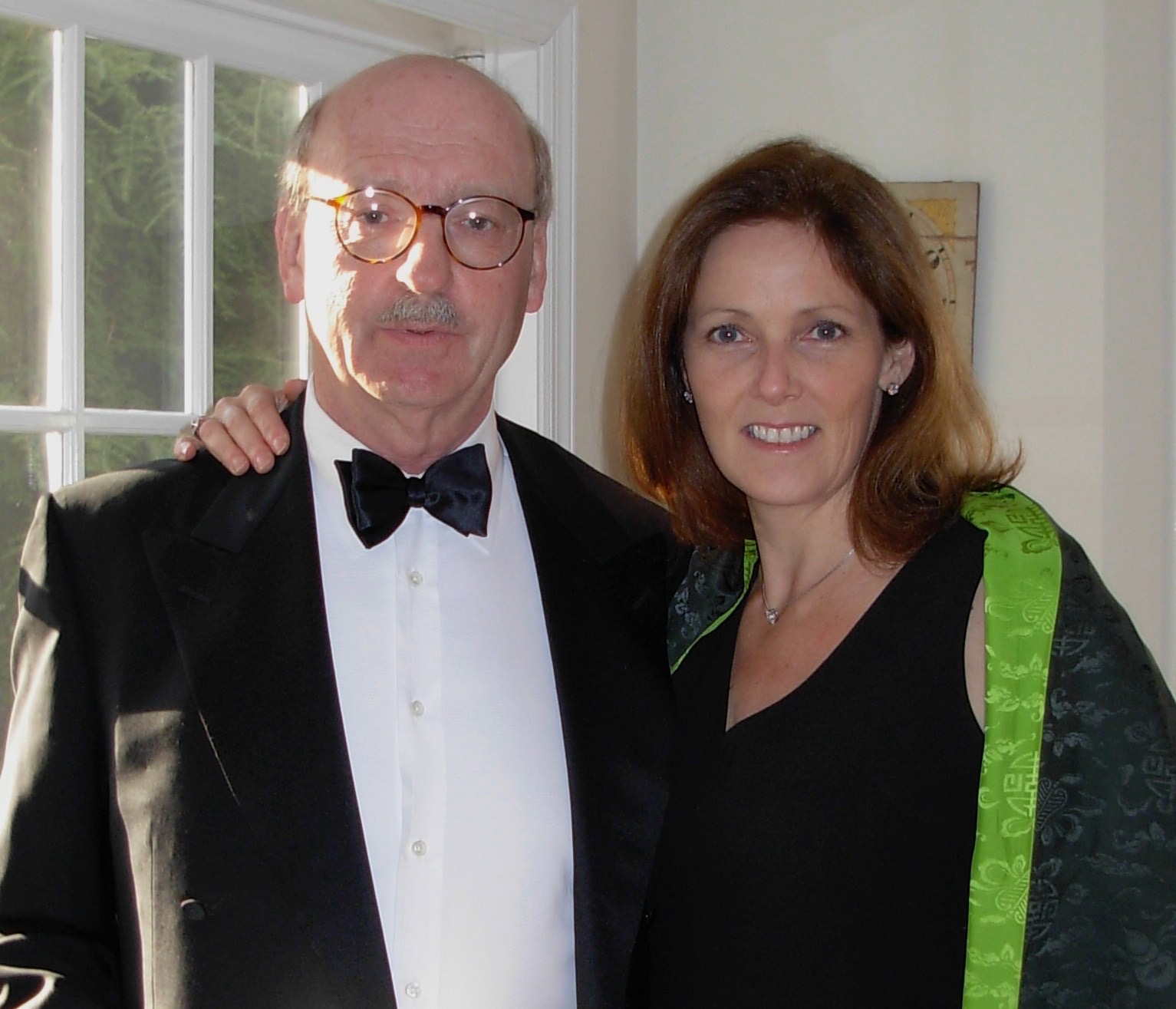John Makin's Economic Essays
Timeless insights to inspire and embolden young economists.

In 2012, my late husband, the international macro-economist, John Makin, asked his assistant to print out all of the monthly economic essays he’d written for publication by the American Enterprise Institute. There were hundreds. His intention was to publish a curated collection of his work for publication in a volume. Unfortunately, he died before he could really get started.
John, a University of Chicago PhD, had an amazing career that included academics, a long stint at AEI, and another as a highly regarded Wall Street economist. Along the way there were various way points including stints at the IMF, the Bank of Japan, the Department of the Treasury; and advisor to the US Congressional Budget Office, all of which broadened his understanding of economic events and policy responses in the US and internationally. He wrote prolifically.

It was amazing to me and many of his colleagues that he rarely hand wrote his essays; he could not write as quickly as he could think. I remember hearing him dictate his pieces into his old-fashioned tape recorder, the staccato stop and start and re-recording that resulted in a first draft. Very often, he would read me a near-final draft for my reaction. I well remember the topics and areas he felt were most important or interesting, so when John’s colleagues at AEI kindly agreed to see the project through II chose 50 pieces that I think represent his thinking and seem relatively timeless.
A former University professor, John’s writing is accessible to everyone, whether their understanding of economics is sophisticated or rudimentary. The first part of the book, ‘Economics 101, Applied’ includes a series of pieces with basic lessons in economics and economic history. These historic economics lessons, though applied to events at the time of their writing, remain instructive now.
The second part of the book, “Booms and Busts: A Journey Through Recent Economic History”, is a real time analysis of the economic events from 1992 to 2014, a tumultuous, transformative period beginning with the end of the Cold War and remembered for its geopolitical upheavals, bubbles, technology revolution, and financial crises. Those events affect us now in what will surely prove to be another transformative period characterized by inflationary threats, supply shortages, and geo-political turmoil.
An iconoclast, John loved to provoke thought and discussion by challenging prevailing opinion and raising questions rooted in solid economic analysis. He was skeptical of political solutions offered by governments and institutions while recognizing the legitimate roles the need to play.
I hope that this collection of essays, therefore, well-edited by Tony Mecia and Karlyn Bowman, will provide a broader framework to help readers formulate their own questions about current and future economic events and policy responses.
As Carmen and Vincent Reinhardt, both brilliant, insightful, and highly regarded economists, wrote in their wonderful introduction to the anthology, John was ‘never one to retreat to platitudes’. In this vein, I also hope that John’s insights will also inspire and embolden young economists to break from the herd; analyze data carefully and thoroughly; fuse their analysis with the challenges facing lawmakers around the world; draw carefully constructed conclusions; and speak with independent voices just as John did.





